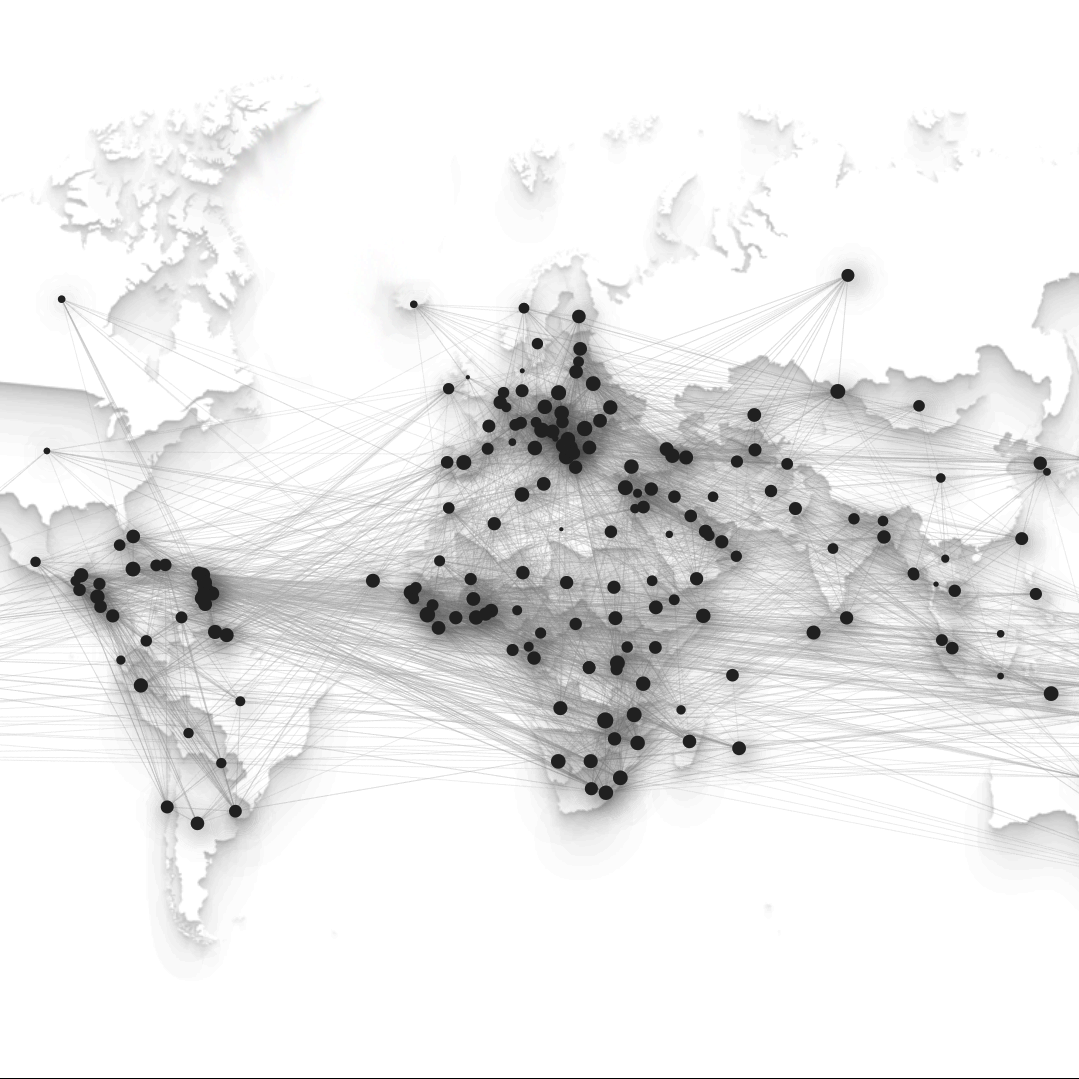Eleni Manis at RealClearHealth: “Americans are willing to share personal data — even sensitive medical data — to advance the common good. A recent Stanford University study found that 93 percent of medical trial participants in the United States are willing to share their medical data with university scientists and 82 percent are willing to share with scientists at for-profit companies. In contrast, less than a third are concerned that their data might be stolen or used for marketing purposes.
However, the majority of regulations surrounding medical data focus on individuals’ ability to restrict the use of their medical data, with scant attention paid to supporting the ability to share personal data for the common good. Policymakers can begin to right this balance by establishing a national medical data donor registry that lets individuals contribute their medical data to support research after their deaths. Doing so would help medical researchers pursue cures and improve health care outcomes for all Americans.
Increased medical data sharing facilitates advances in medical science in three key ways. First, de-identified participant-level data can be used to understand the results of trials, enabling researchers to better explicate the relationship between treatments and outcomes. Second, researchers can use shared data to verify studies and identify cases of data fraud and research misconduct in the medical community. For example, one researcher recently discovered a prolific Japanese anesthesiologist had falsified data for almost two decades. Third, shared data can be combined and supplemented to support new studies and discoveries.
Despite these benefits, researchers, research funders, and regulators have struggled to establish a norm for sharing clinical research data. In some cases, regulatory obstacles are to blame. HIPAA — the federal law regulating medical data — blocks some sharing on grounds of patient privacy, while federal and state regulations governing data sharing are inconsistent. Researchers themselves have a proprietary interest in data they produce, while academic researchers seeking to maximize publications may guard data jealously.
Though funding bodies are aware of this tension, they are unable to resolve it on their own. The National Institutes of Health, for example, requires a data sharing plan for big-ticket funding but recognizes that proprietary interests may make sharing impossible….(More)”.


